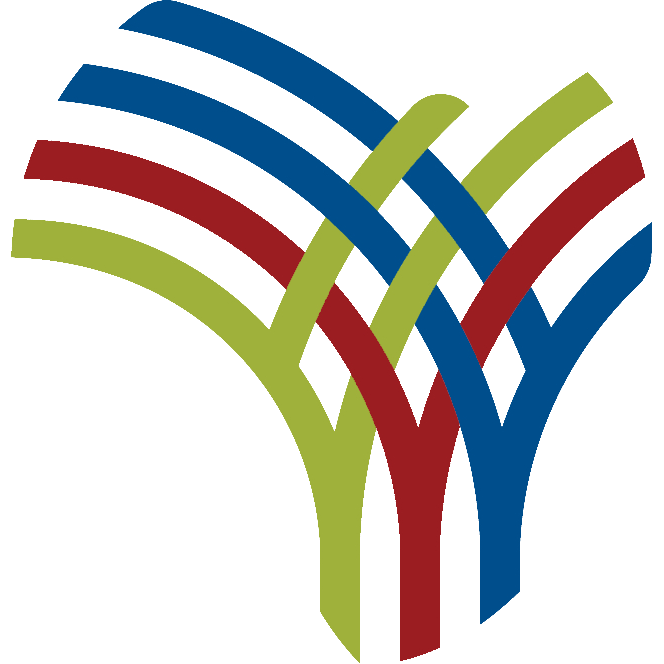Focusing only on Boko Haram’s ISWAP faction is no longer an option for the region’s security forces.
After being weakened by years of clashes with rival Boko Haram faction Islamic State West Africa Province (ISWAP), Jama’tu Ahlis Sunna Lidda’awati wal-Jihad (JAS) is making a comeback in the Lake Chad Basin.
Cameroon, Chad, Niger and Nigeria’s intensified national counter-terrorism operations and coordinated aerial and ground assaults have slowed down ISWAP’s Camp Holocaust campaign. But the focus on ISWAP has allowed JAS to regroup and bolster itself.
Follow us on WhatsApp | LinkedIn for the latest headlines
Added to this is the failure of reintegration programmes to provide former insurgents with adequate support. Without meaningful future prospects, former combatants are rejoining JAS – something that ISWAP does not allow. Former ISWAP members would be executed for deserting, ex-fighters told Institute for Security Studies (ISS) researchers. In Borno, Nigeria, returnees are joining JAS’ Ghazwah wing, notorious for its robbery and ransom operations.
JAS has also successfully expanded beyond the Lake Chad region, entrenching a cell in Shiroro near Nigeria’s capital Abuja. The ISS has seen images showing JAS fighters moving from Shiroro to join the Lakurawa group in the Nigeria-Niger-Benin tri-border area. Sources say Lakurawa formally pledged allegiance to JAS in August.
Since June, JAS has attacked at least three military positions. On 18 June, Nigeria’s naval base at Baga was targeted, and a large cache of weapons was seized. This was initially blamed on ISWAP, but JAS later released photos to claim responsibility, signifying its competition for the spotlight.
On 2 August, JAS razed a Cameroonian military post in Goldavi near Talakatchi, seizing weapons. A week later it attacked the Multinational Joint Task Force position in Kirawa, Gwoza, killing four soldiers. Though drones were not seen, the attacks mirrored ISWAP’s tactics in the adoption of rapid assaults. Like ISWAP, JAS also now sends out well-edited images and videos of its spectacular attacks and weapons seized.
Until these attacks, JAS violence was directed mostly at civilians. On 15 May, the group massacred about 100 residents of the neighbouring Mallam Karamti and Kwatandashi villages in Borno, accusing them of spying for ISWAP. The latest such mass killing by JAS happened on 5 September in Dar Jamal, Borno. More than 60 people were killed over allegations that they cooperated with Nigeria’s military.
These massacres illustrate the dilemma civilians face. Both insurgents and state security agencies demand intelligence about the other, but providing it, or even being suspected of doing so, invites punishment from both sides.
The targeting of civilians by JAS also involves more intense robbery and ransom attacks, including in displacement camps, ISS research shows. JAS’ Ghazwah wing is notorious for such tactics.
Meaning ‘battle’ in Arabic, Ghazwah was created by JAS fighters who rejected ISWAP after the latter took over Sambisa Forest following Boko Haram leader Abubakar Shekau’s death in 2021. Now led by Alhaji Kale, the wing is basically a criminal gang that rarely confronts soldiers, relying on the proceeds of crime to sustain itself.
These activities are possible within the loose command system of JAS, which unlike ISWAP, allows units to blend criminal predation with jihadism and finance themselves independently.
ISS researchers have noted a rise in kidnappings and robberies across Mafa, Bama, Konduga, Gwoza, Mobbar and Monguno, including incursions into camps for displaced people in Bama, where resistance was met with execution. Similarly, across Cameroon’s Far North Region, the ISS documented 43 kidnapping incidents and 103 victims between June and August.
JAS uses crime as a recruitment tool. Fighters are motivated by the spoils of criminal operations, sustaining manpower even against ISWAP pressure.
The role of Lake Chad-based leader Bakura Doro in supplying weapons to JAS wings and coordinating group activities has been key to JAS’ revival, according to local sources. Niger announced it had killed Doro in a mid-August airstrike, but no evidence was provided, and according to multiple ISS sources, he is still alive.
The escalation of kidnappings, including of internally displaced persons, could roll back humanitarian gains such as resettling those who are displaced and providing access to aid workers and relief materials.
JAS’ targeting of humanitarian organisations includes an 8 August attack in which a rocket-propelled grenade fired from the Mandara Mountains killed three children close to Malteser International’s office in Gwoza, Borno state. On 1 June, JAS ambushed a non-governmental organisation convoy, despite the usual military escort, along the Gwoza-Limankara Road, killing an employee and abducting another.
The revival of JAS requires urgent policy adjustments from Nigeria, Cameroon, Chad and Niger. First, security strategies must be rebalanced to treat JAS as an independent, adaptive threat, rather than merely ISWAP’s weakened rival. That requires disrupting JAS’ logistical operations and monitoring its networks (including those outside Lake Chad) which contribute to its financing.
Second, amphibious capabilities must be strengthened to counter the group in the lake areas where it is strong. Aerial-ground coordination must also be sustained and expanded beyond ISWAP threats.
Third, governments should strengthen the region’s disarmament, demobilisation and reintegration programmes to discourage deserters from rejoining JAS. Post-release monitoring must be improved, and economic support enhanced to reduce the lure of re-engagement.
Finally, the predatory economy that violent extremists exploit must be disrupted. Intelligence-led operations and targeted raids, coupled with efforts to shrink the profitability of robbery and kidnapping, are vital. Without this, JAS will continue to gain fighters and finance its resurgence.
Taiwo Adebayo, Researcher, Lake Chad Basin, ISS


